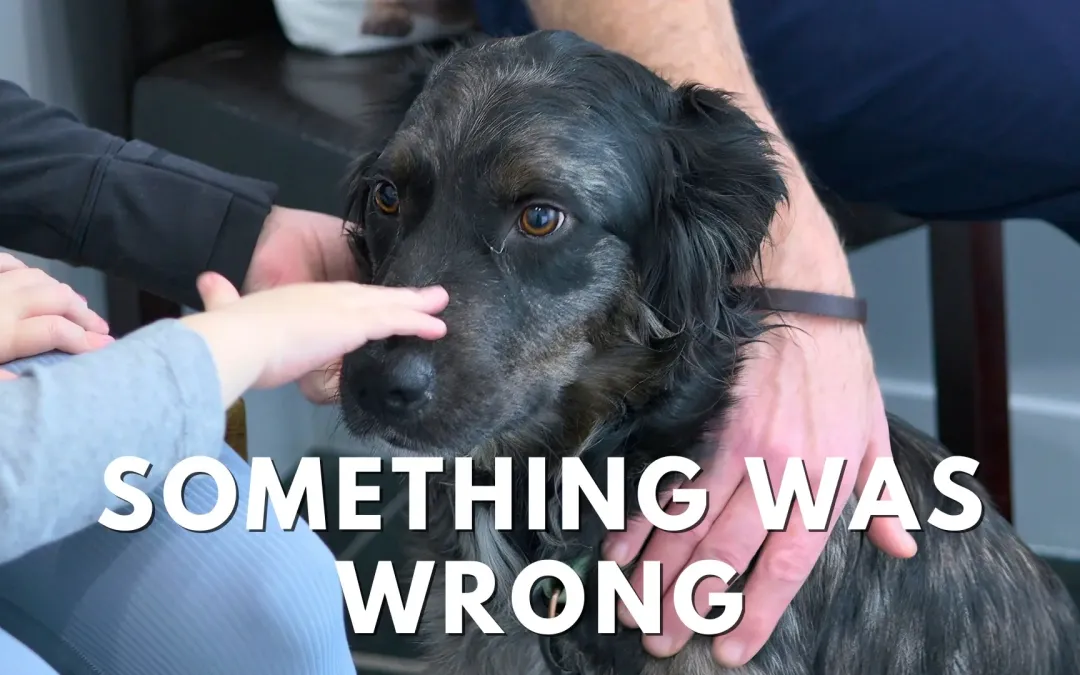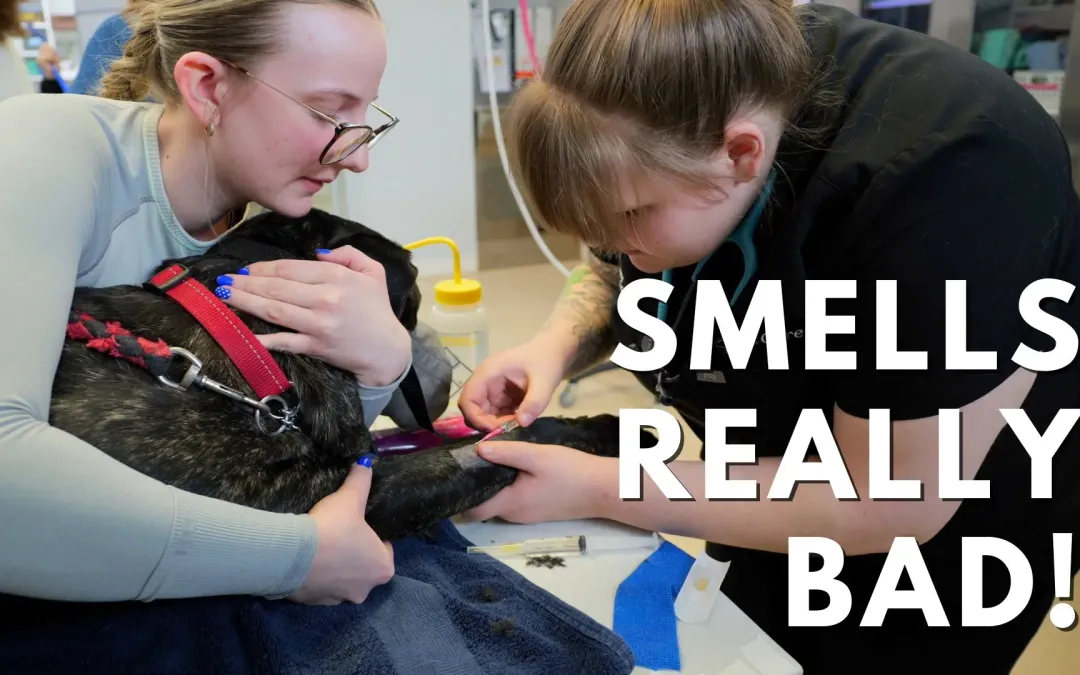27 Mar Diagnosing Dog Lameness with Ultrasound [VIDEO]
When our canine companions start limping, it’s natural for pet owners to be concerned. Lameness in dogs can stem from various causes, ranging from minor injuries to more complex conditions. At i-Care Veterinary Hospital in Coombs, BC, we recently encountered a case that underscores the importance of advanced diagnostic tools in pinpointing the root cause of lameness. A Mysterious Case of Lameness A few weeks ago, a dog visited our clinic exhibiting lameness in her left front leg. Initial examinations, including x-rays, did not reveal any abnormalities. To alleviate potential inflammation, we prescribed Metacam (Meloxicam). However, when the dog returned with worsening symptoms and noticeable swelling over her shoulder, it was clear that a more in-depth investigation was necessary. https://youtu.be/7IYGjDImyRg The Role of Ultrasound in Diagnosing Lameness While x-rays are invaluable for assessing bone structures, they can sometimes miss issues related to soft tissues, muscles, and tendons. This is where musculoskeletal ultrasound becomes a game-changer. Ultrasound allows veterinarians to visualize soft tissue structures in real-time, providing insights that x-rays might overlook. In our patient’s case, Dr. Alastair Westcott performed an ultrasound examination of the swollen shoulder. The imaging revealed tissue changes suggestive of a possible tumour affecting both soft tissue and bone. To confirm the diagnosis, Dr. Westcott used ultrasound guidance to perform a fine-needle aspiration, collecting fluid samples for microscopic analysis. Why Choose Ultrasound? Non-Invasive and Safe: Ultrasound is a non-invasive procedure that doesn’t expose pets to radiation, making it a safe diagnostic option. Real-Time Imaging: It provides immediate visuals of soft tissues, aiding in the prompt identification of issues. Guided Procedures: Ultrasound can assist in guiding needle aspirations or biopsies, ensuring accurate sampling from specific areas. Studies have demonstrated the accuracy of ultrasound in diagnosing various musculoskeletal conditions in dogs. For instance, research has shown that ultrasound can effectively detect hip luxation and associated soft tissue injuries, highlighting its utility in comprehensive musculoskeletal assessments. Conclusion Lameness in dogs can be perplexing, but with advanced diagnostic tools like ultrasound, veterinarians can delve deeper into the underlying causes. At i-Care Veterinary Hospital, we are committed to employing the latest technologies to ensure accurate diagnoses and effective treatments for our furry friends. If your pet is experiencing unexplained lameness or mobility issues, don’t hesitate to reach out to us. Early intervention and comprehensive diagnostics can make all the difference in your pet’s health and well-being....





